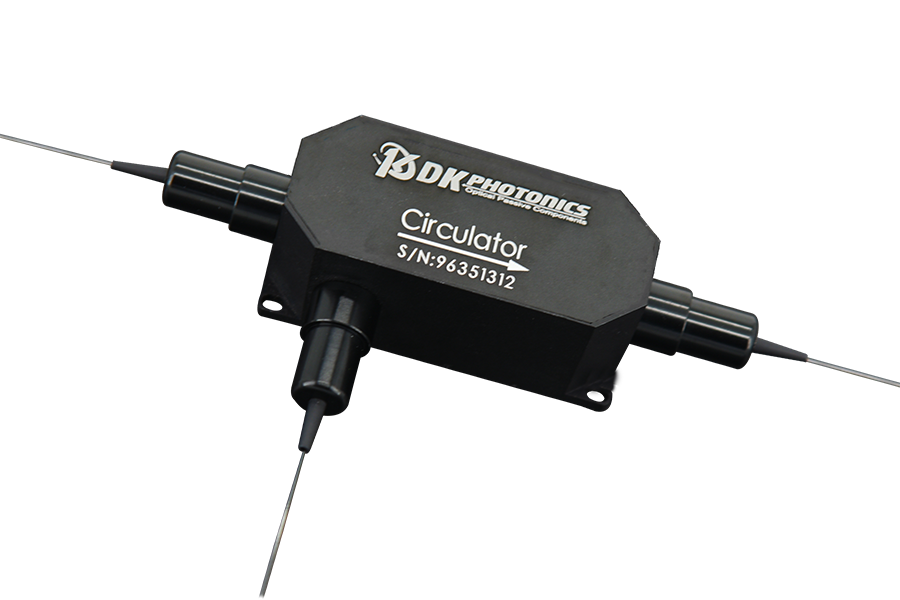Polarization insensitive optical circulators are non-reciprocal fiber optical components that transfer the incoming light from an input port to the output port and send the reflected part of the light wave to the third port instead of the first port. Thus, port 1 in any PI optical circular acts as an input port, port 2 acts as the output and input port, and port 3 acts as the output-only port. But what does the term non-reciprocal mean?
What does it mean for an optical circulator to be called a non-reciprocal component?
An optical circulator is usually called non-reciprocal because any change that occurs in the property of the light wave caused during propagation through fiber will not be reversed when that light wave travels in the opposite direction. Since the changes that develop during propagation aren’t going to reverse, an optical circulator is categorized as a non-reciprocal fiber optical device.
What makes polarization-insensitive optical circulators different from regular optical circulators?
Polarization-maintaining optical circulators are the devices that function with only a specific polarization mode and also maintain it throughout the operation. On the other hand, polarization-insensitive optical circulators are the optical circulators that are not affected by polarization modes of the incoming light and hence can work with random polarizations of the input light wave.
Besides, the latter also doesn’t maintain or preserve the polarization state because there is an arbitrary relative phase change between the two polarization components. And that phase change is affected by the change in temperature and wavelength.
What is the need for polarization-insensitive optical circulators? What are their uses?
The demand for polarization-insensitive (PI) optical circulators is typically high in the electronics and telecommunication industries. It is widely used in different industries as this little fiber optic component helps protect the input port fiber from returning or reflected light and also allows the fiber to utilize the rejected or reflected light, making PI optical circulators more efficient devices.
Apart from this, these optical circulators have their applications in fiber optic amplifiers, fiber optic laser, test and measurement, instrumentation, and various other systems.
What are the features of high-performance polarization-insensitive optical circulators?
Polarization-insensitive optical insulators come with the following features and characteristics:
- High isolation [Isolation is defined as ratio of the reflected power to the input power when output is connected to a total reflector.]
- Low insertion loss [Here, insertion loss refers to the output power divided by the input power.]
- Low polarization-dependent loss (PDL) [PDL is an optical phenomenon that acts as the fundamental limitation to the performance of a fiber-optic component.]
- Low polarization-mode dispersion (PMD) [PMD refers to the polarization dependence of the light wave’s characteristics in optical fibers that can be influenced by the birefringence of the light wave and waveguide.]
- Excellent Temperature Stability [Meaning, fiber optic components such as PI optical circulators can be used at elevated temperatures or in aggressive environments.
In many applications, the sensitivity of an optical circulator to the polarization of the input light wave can be a major drawback. Thus, in such situations, polarization-insensitive optical circulators make the ideal choice.


Leave A Comment